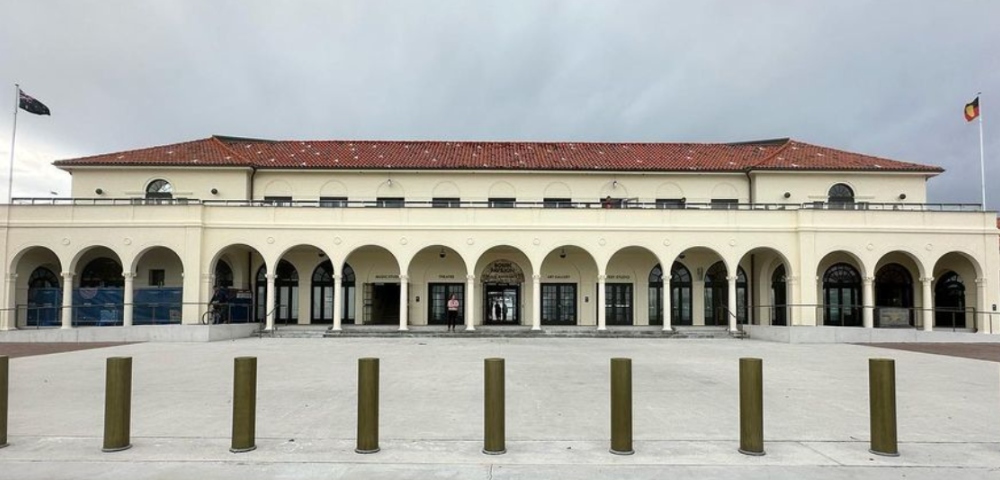
Sea Shepherd fundraiser hits target
The fundraising evening at the Topsail Room of the Bondi Pavilion on November 19 was a huge success, according to organisers.
“We ended up raising over $36,000, which was a fantastic result,” Elizabeth Buchel, the Sydney coordinator for the Sea Shepherd Conservation Society, said.
The packed venue held a crowd of more than 300, all keen to hear the plans for this year’s mission to stop Japanese whaling in the Australian Southern Ocean, “Operation No Compromise”. There were auctions of photographs and memorabilia and a brisk sale of clothing, bumper stickers and other paraphenalia. Look out for the Sea Shepherd logo – a skull with the crossed crozier and Neptune’s trident on a black background – next time you are stuck in traffic.
Waverley Greens Councillor Dominic Wy Kanak kicked off proceedings with a “Welcome to Country”, followed by passionate speeches from Sea Shepherd luminaries: the Australian director Jeff Hanson and Sea Shepherd founder and president, Captain Paul Watson.
The Sea Shepherd fleet this year consists of the Steve Irwin and the Bob Barker, with a new pursuit vessel Gojira (Japanese for Godzilla), that has ample speed and power to outrun the whalers. Gojira is a larger boat than the ill-fated Ady Gil which sank after being rammed by a Japanese harpoon boat last season. Gojira is an Australian registered vessel, and was officially christened in Fremantle during a ceremony last week.
Sea Shepherd will also deploy a bigger helicopter this year – the Nancy Burnet. This helicopter is faster, has a longer range and can carry more people.
“This is the largest crew and strongest fleet we have prepared to defend the great whales, and I am confident this year’s campaign will be the most successful yet,” Captain Watson said.
And Animal Planet is onboard all three vessels to film the action for the fourth season of their hit television series Whale Wars. The Sea Shepherd fleet left Hobart on December 2 for the Southern Ocean.
The Japanese whaling fleet left Tokyo on December 3 (two weeks late), but with a smaller fleet than previously deployed. One of their boats was scrapped and the Japanese Institute for Cetacean Research was unable to charter a replacement. According to Captain Watson they found it difficult to find a ship owner willing to be associated with their “brutal and illegal” whaling operation in the Southern Ocean—and willing to be targeted by the Sea Shepherd fleet.









